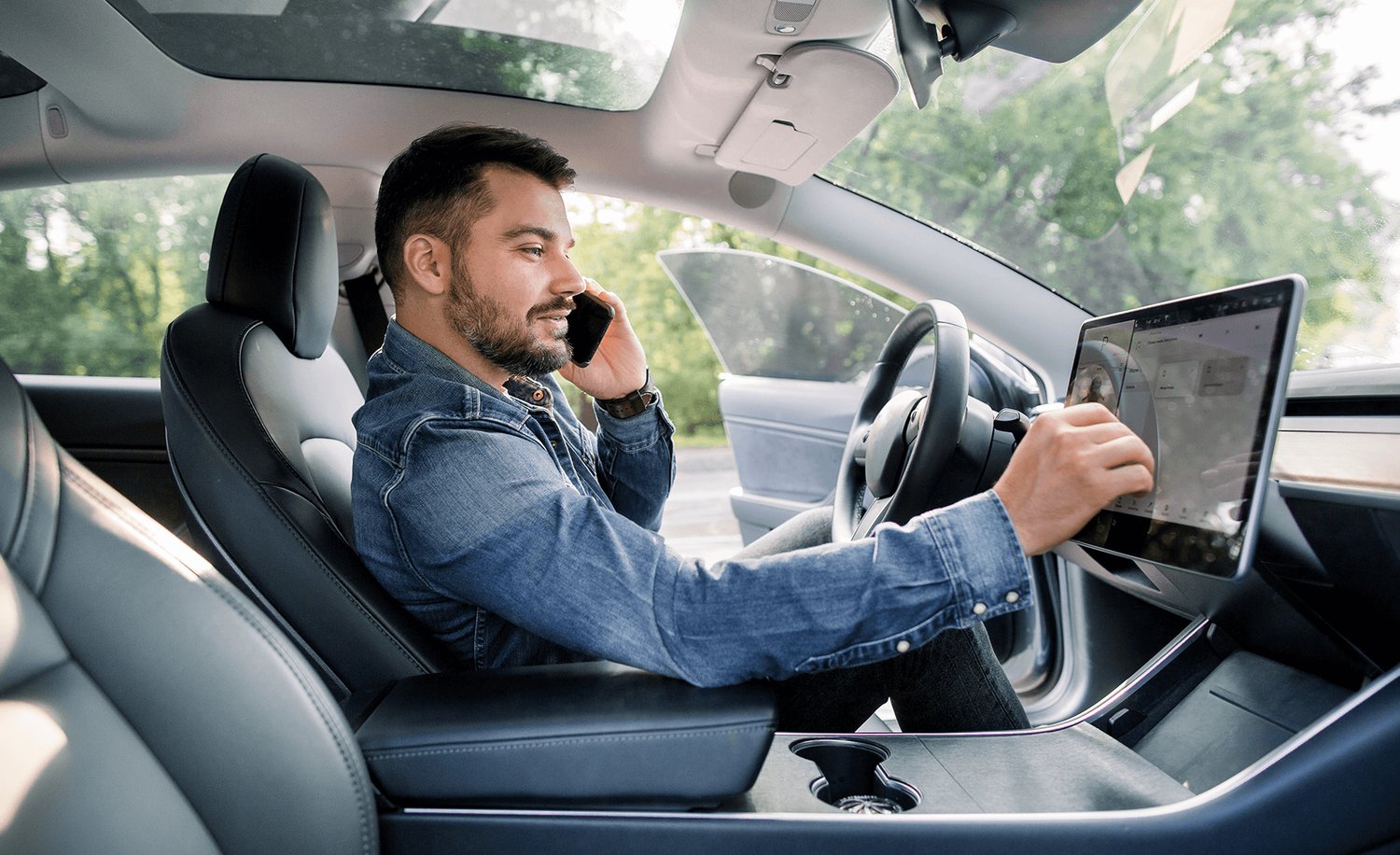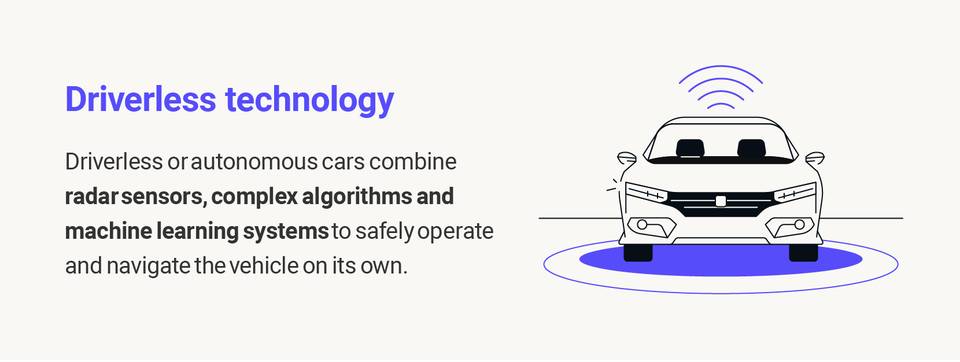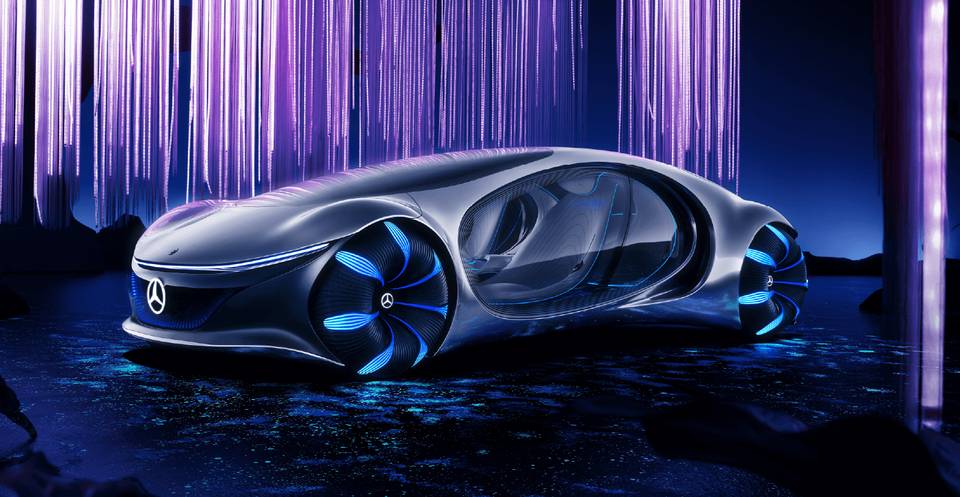As society advances, so does car design. With that in mind, the automotive industry has undergone a huge transformation over the past decade as car manufacturers are stepping up to the plate to deliver car models for every consumer’s lifestyle.
When it comes to future car design, technology is the biggest driver behind new car models. Major trends show that cars of the future will be electric, autonomous, connected and sleek. In just a few years’ time, vehicles on the road could look nothing like they do today.
Read on or skip to our infographic to see what technology is behind future car design and what features we can expect to see in new models to protect your vehicle and yourself on the road.
What is the future of cars?
The cars of the future will have a number of benefits to the consumer and society as a whole. A few main advances we’ve seen in car design will allow for less pollution and more safety, connectivity and convenience. Below is a peek into what technology will be driving the cars of the future.














